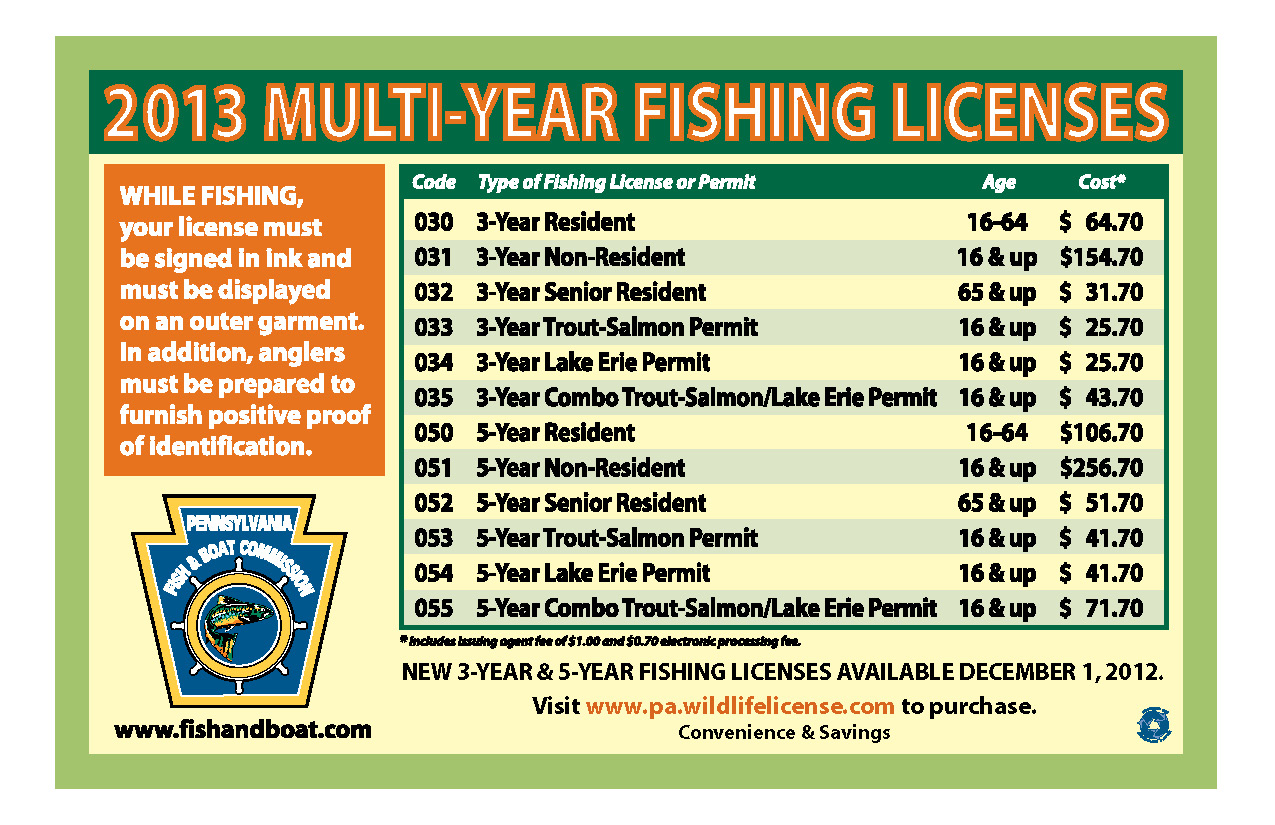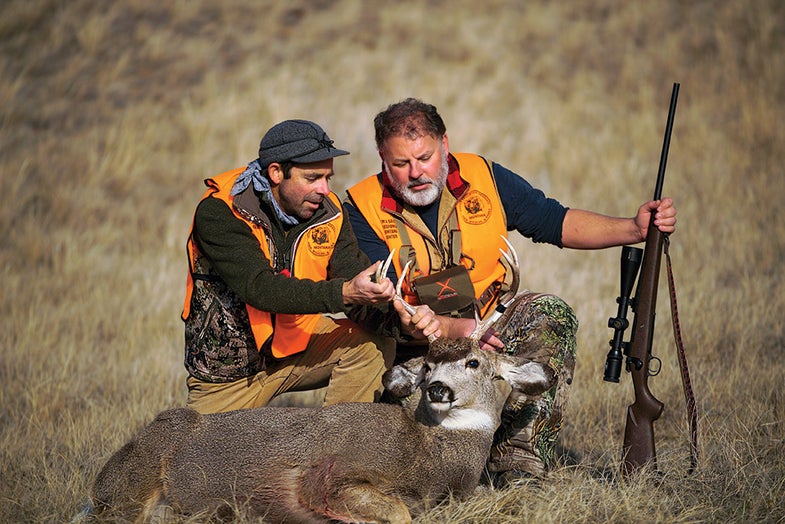
A new type of hunt is gaining popularity in Texas, and the Texas Youth Hunters Program (TYHP) is providing the opportunity for more children to get involved. TYHP was founded in 1996. It works with landowners, volunteers and hunters to teach a new generation how to hunt safely and ethically. The program provides participants with hands-on safety and ethics training to prepare them to hunt again. Here are some of these benefits:
TYHP is a texas youth hunting program
The TYHP provides youth hunting opportunities that promote responsible hunting and conservation. The program has a partnership with hundreds of private landowners. It offers educational and introductory youth hunters. It offers hunting opportunities for exotic and deer species, as well as lodging and meals at reasonable rates. The TYHP has opened many doors for young hunters, according to the director of the program.
It focuses primarily on safety, legal and ethics aspects of hunting
The Texas Youth Hunting Program is a multifaceted outdoor experience that fosters future hunters. It was established in 1997 and relies on volunteers and a partnership with the Texas Parks and Wildlife Department and Texas Wildlife Association. Its mission is to promote hunting among youth by providing them with opportunities to explore nature on private lands and develop skills. The program also encourages responsibility and respect for land.
It now includes adult mentored hunting
TWA has just started an outreach program to adults that includes adult mentored hunting. The Texas Youth Hunting Program inspired the first hunt for adults. The hunts are open to both new and experienced hunters. These hunts can be enjoyed by adults as mentors, allowing them to enjoy the outdoors and a delicious meal.

It provides a field course
Texas Hunter Education certifications can be earned online or in-person. A six-hour classroom course is required for hunters below the age of 17. A mandatory field day is included in the course. The course can be completed online by youth, but it is not mandatory. Regardless of which type of course is chosen, a hunter must purchase a hunting license to hunt in Texas.
FAQ
Which part of the US is most popular for hunting?
Hunting is most popular among the Midwesters, who are used to living off the land.
Hunting is also very popular in the Northeast because many people there have been raised on hunting traditions.
This is where hunters from all over the nation travel to hunt the big game animals.
Hunting is less prevalent in some areas of the country. This makes it less likely to support hunters.
How many Americans are avid rifle hunters in the US
The number of hunters who use rifles as their primary weapon for hunting deer, elk, moose, etc., is estimated at around 2 million per year.
Most hunters are men, aged between 18 and 55, and come from rural areas.
They typically hunt alone, using either a bow or crossbow, and they usually hunt during daylight hours.
Hunters most commonly target whitetail deer (68 percent), followed by mule deer (13 percent) and black bears (10 percent).
Anecdotal evidence suggests an increase in female hunter participation, even though there are no national data.
What gun is best to hunt?
A.22 caliber rifle makes the most effective hunting weapon. Because it's lightweight and easy-to-carry, this rifle is the best choice for hunting. It can be used to take pictures at long distances.
This type of firearm should only be used when there is no threat from a predator.
You don't want to waste ammunition by shooting at a tree, as it would do little damage. Clear sight is essential for your prey.
If you are looking to hunt bigger game like deer or elk, a rifle of the.30 caliber can be used. It is heavier than a.22 calibre rifle.
To achieve the same accuracy with a rifle of 30-caliber calibre, you will need to practice more.
What is the most critical part of hunting wildlife?
How do we get there We start by learning how to shoot accurately. Next, you must learn how to hit your target. We must also learn to adjust when we miss our target.
Hunting is only possible if you know what you're doing. You will never be able to improve if your knowledge is not up-to-date. Even though you might feel that you have improved through better shots, it doesn't mean you will be any better. The same applies to hitting targets. If you don’t get why you’re not succeeding, you won’t be able to change. That means you need to know what you're aiming for.
This is where knowledge plays a major role. Your ability to hunt is dependent on your knowledge of the animal that you're hunting. If you go out into nature, you will want to be as knowledgeable as possible about the animals you come across. It's important to learn about their habits, personalities, and behaviors. You can plan your hunts to make them run smoothly.
Learning from past success stories is a great way to improve your skills. There are many books available on this topic. In addition, there are websites like www.thehuntingzone.com that offer great tips and advice. There are also people with years of experience. They will be able to help you understand what works and not.
It's time for you to practice once you've learned all that you can. Practice makes perfect. But you should not practice until you feel great. Instead, you should practice until your confidence grows. Confidence helps you relax and enjoy the process. Relaxation can help you focus on the task in hand. Concentration allows you to take advantage of every opportunity that presents itself. You can only be relaxed and focused when there are opportunities.
It's time for you to test your new skills. Don't fret if you fail. Don't worry if you fail. Just keep practicing. You'll eventually succeed.
How many deer hunters there are in the U.S.?
Over 20 million deer hunters are estimated to live in the United States. This number includes both professional and recreational hunters.
Where can you buy a gun Do I need one?
A gun is required by law to hunt certain species.
Many states require hunters have a firearm. It depends on what game you intend to hunt and where you live.
Any sporting goods store will sell a rifle, shotgun or handgun as well as a crossbow and muzzle loader.
Choose a weapon that best suits your needs. If you plan to hunt small game, such as squirrels or rabbits, you might consider buying a pistol of.22 caliber.
If you plan to hunt large games like deer, elk, and bears, you might want to look into purchasing a larger caliber weapon.
You should not purchase a gun unless you are comfortable with its handling. A gun can be a dangerous weapon. It is a dangerous tool.
Be sure to inspect the gun before buying it. Ask the seller for instructions on how to load and unload your gun.
Check out the manufacturer's warranty. If no warranty is provided, ask the dealer to provide a guarantee.
Ask your dealer for a copy their safety instructions. These documents should include details about safe storage, maintenance, and disposal.
Check the serial number. If the serial number starts with "NIB", it means "New In Box," this indicates that the gun is brand-new.
If the serial numbers start with an odd number then the gun is previously owned.
You can contact the manufacturer directly if you are not sure if the gun has been used. They will be able to provide more information about the gun's history.
Statistics
- Thanks to the 1937 Pittman-Robertson Act, an 11% excise tax was placed on the sale of firearms, which were then used for conservation. (stacker.com)
- - Percent of residents with paid hunting licenses: 0.7%- (stacker.com)
- Over the past 50 years, the number of hunting licenses in California has been on a rapid decline, falling 70% from more than 760,000 in the 1970s to under 268,000 in 2020—even as the state's population has skyrocketed, according to The Mercury News. (stacker.com)
- - Percent of residents with paid hunting licenses: 0.7%- (stacker.com)
External Links
How To
How to hunt wild hogs
Large, large wild hogs are found all over North America, Africa Asia, Asia, Europe. Wild hogs are omnivores; they eat vegetation and small animals such as rabbits, mice, birds, insects, and fish. They usually feed at night. The gestation period lasts around six months, after which one piglet is born. Every two years, a sow gives birth. Although wild hogs are usually solitary, they can sometimes live in groups called herds.
Wild boars average a weight of 200 pounds (90kg). Their average head length is 10-12 inches (25-30cm), and their body length is 20-30 inches (50-75cm). Wild pigs are long-legged, have broad shoulders and short tails. They have a thick fat layer beneath their skin.
They are extremely sensitive to the senses of sight, hearing, smell, and taste. They use their senses to identify danger and find food. They can run upto 35 MPH (56 Km/h) and jump upto 15 Ft (4 m). They have sharp teeth and claws. They can be aggressive in defending themselves from predators.
Hunting wild hogs is hard because they are intelligent, fast, and elusive. Hunting wild hogs requires careful observation. The animal could escape if hunters are too quick to shoot. Hunters who shoot too soon can kill the animal before it reaches cover.
Wild hogs can be killed using many hunting methods. The most common method is shooting. This requires hunters to track down the animal and then wait until it comes into range. Another method is trapping. Trapping is the practice of placing traps in areas where the hogs are likely to drink. A trap may contain a scent lure such as peanut butter and corn meal. Once the trap is released, the hunter will shoot the trapped pig.
Snaring, another method, is also an option. The pig is caught using snaring, which uses a noose out of rope. It is best to catch the pig during its mating season.
Other options include poisoning or spearing. Netting and spearing are methods of stopping pigs' breathing by placing a net around the neck or spearing them. Poisoning refers to injecting poison in the pig's neck.
Hunters who wish to hunt wild hogs need to be prepared for the cold weather. To stay warm in some areas, hunters can wear snowshoes. Hunting dogs may be used to track animals.